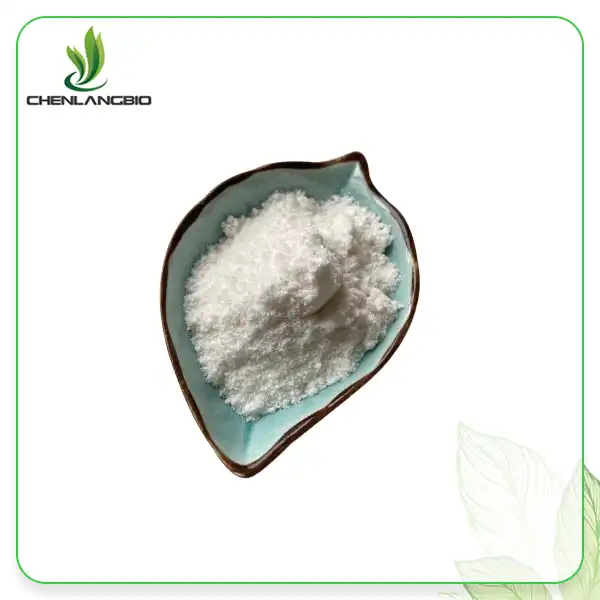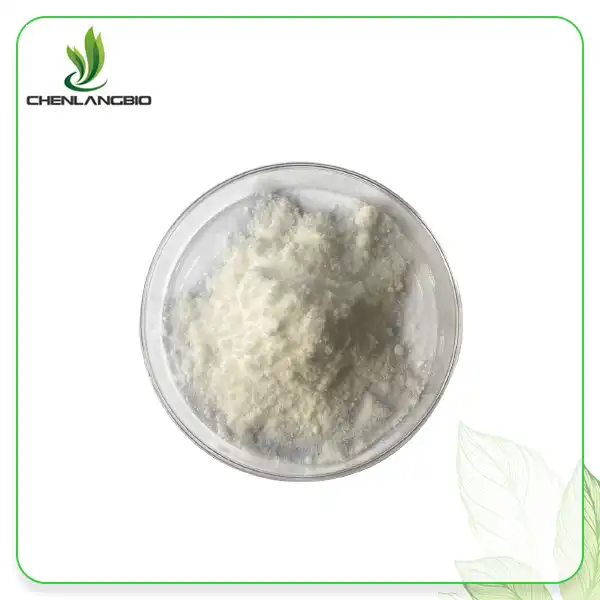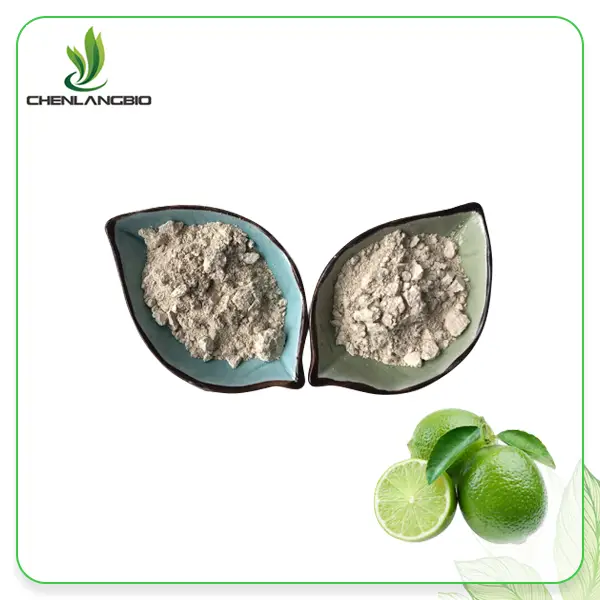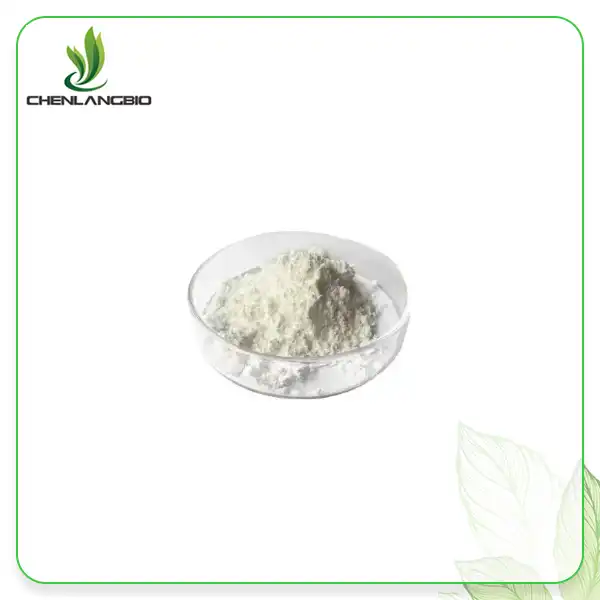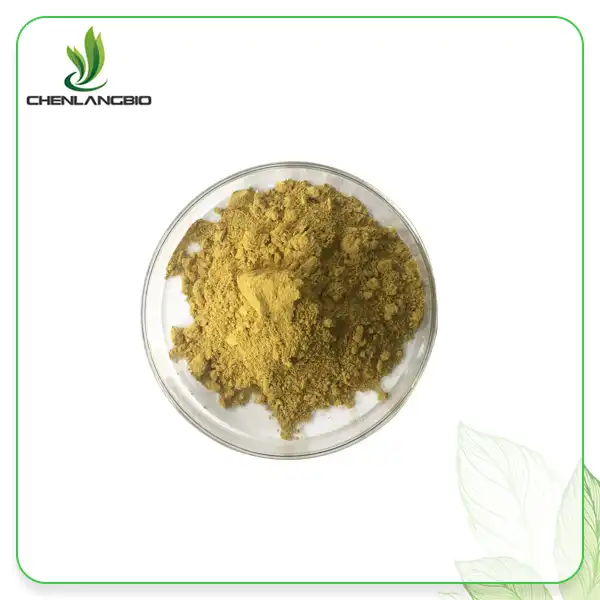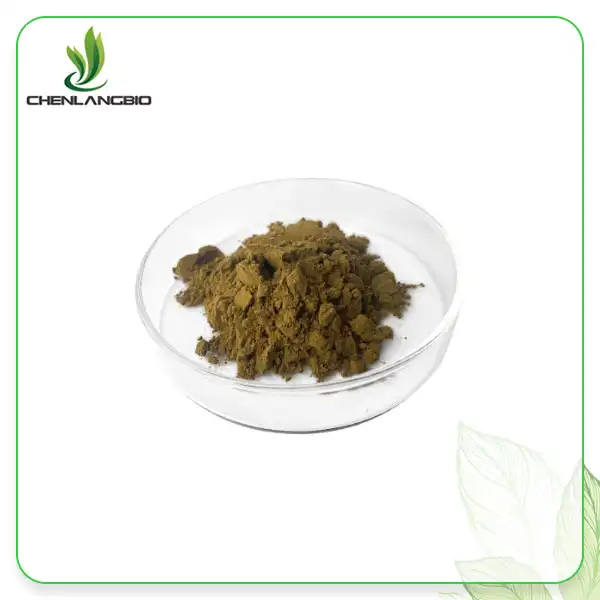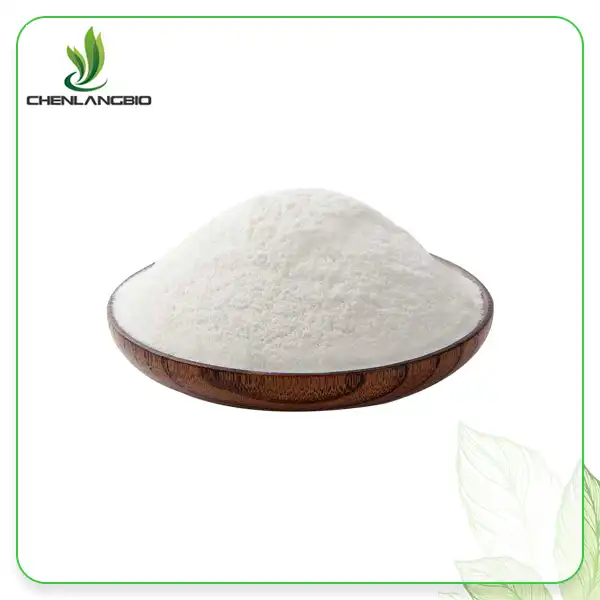Can 4-Butylresorcinol be Used for Treating Melasma?
2025-03-19 09:55:43
Melasma, a common skin condition characterized by dark patches on the face, has long been a challenge for dermatologists and those affected by it. In recent years, 4-Butylresorcinol has emerged as a promising treatment option for this persistent hyperpigmentation disorder. This blog post delves into the potential of 4-Butylresorcinol powder as a therapeutic agent for melasma, exploring its mechanism of action, efficacy, and safety profile. We'll examine the latest research, compare it to traditional treatments, and discuss practical considerations for its use. Whether you're a skincare enthusiast or a professional seeking cutting-edge solutions, this comprehensive guide will shed light on the role of 4-Butylresorcinol in managing melasma.
Understanding 4-Butylresorcinol and Its Properties
Chemical Structure and Composition
4-Butylresorcinol, a synthetic derivative of resorcinol, boasts a unique molecular structure that contributes to its skin-lightening properties.This compound belongs to the family of phenolic antioxidants and features a butyl group attached to a resorcinol ring. The specific arrangement of atoms in 4-butylresorcinol enables it to interact with key enzymes involved in melanin production, making it a potent tyrosinase inhibitor.
Mechanism of Action in Skin Lightening
The efficacy of 4-Butylresorcinol in treating melasma stems from its ability to interfere with melanogenesis. By inhibiting tyrosinase, the rate-limiting enzyme in melanin synthesis, 4-Butylresorcinol powder effectively reduces the production of melanin in the skin. Additionally, this compound has been shown to suppress the transfer of melanosomes to keratinocytes, further contributing to its skin-lightening effects. These dual actions make it a compelling option for addressing hyperpigmentation disorders like melasma.
Comparative Advantages Over Other Skin Lightening Agents
When compared to traditional skin lightening agents such as hydroquinone, 4-Butylresorcinol offers several advantages. It demonstrates a more favorable safety profile, with a lower risk of irritation and long-term side effects. Moreover, 4-Butylresorcinol has shown efficacy at lower concentrations than some other depigmenting agents, potentially reducing the risk of adverse reactions. Its stability in formulations and compatibility with other skincare ingredients also make it a versatile option for melasma treatment.
Clinical Evidence Supporting 4-Butylresorcinol for Melasma Treatment
Review of Scientific Studies
Various clinical examinations have researched the adequacy of 4-Butylresorcinol in treating melasma. A milestone concentrate on distributed in the Diary of Restorative Dermatology showed that a 0.1% 4-Butylresorcinol cream fundamentally decreased melanin file and further developed generally speaking skin appearance in melasma patients following two months of purpose. One more randomized, twofold visually impaired preliminary contrasting 4-Butylresorcinol with hydroquinone found similar adequacy with less secondary effects in the 4-Butylresorcinol bunch. These discoveries highlight the capability of 4-butylresorcinol as a protected and viable treatment for melasma.
Efficacy Rates and Treatment Duration
Clinical data suggests that 4-Butylresorcinol powder can produce visible improvements in melasma within 4-8 weeks of consistent use. A few examinations have detailed viability rates as high as 70-80% as far as melanin file decrease and patient fulfillment. In any case, it's essential to take note of that treatment length might change relying upon the seriousness of melasma and individual skin qualities. Long haul support treatment is frequently prescribed to support the outcomes, as melasma tends to repeat.
Combination Therapies Involving 4-Butylresorcinol
Research has additionally investigated the capability of joining 4-Butylresorcinol with other dynamic fixings to upgrade its viability in melasma treatment. For example, a review distributed in the Diary of Medications in Dermatology tracked down that a mix of 4-Butylresorcinol, retinol, and cell reinforcements was profoundly powerful in further developing melasma and generally skin quality. Such blend approaches influence the synergistic impacts of different fixings, possibly offering more complete and fast upgrades in skin pigmentation.
Practical Considerations for Using 4-Butylresorcinol in Melasma Treatment
Formulation and Application Methods
4-Butylresorcinol powder is typically incorporated into various skincare formulations, including creams, serums, and lotions. The grouping of 4-Butylresorcinol in these items normally goes from 0.1% to 0.5%, with higher fixations for the most part held for proficient medicines. While utilizing 4-Butylresorcinol-containing items, it's significant to painstakingly adhere to the producer's directions. Most plans are intended for a few times day to day application, in a perfect world subsequent to purging and prior to saturating. Delicate back rub into the impacted regions guarantees even circulation and ingestion of the dynamic fixing.
Potential Side Effects and Precautions
While 4-Butylresorcinol is for the most part very much endured, a few people might encounter gentle incidental effects like redness, tingling, or dryness. These responses are regularly transient and die down as the skin acclimates to the treatment. Notwithstanding, it's prudent to play out a fix test before full-face application, particularly for those with delicate skin. Pregnant or breastfeeding ladies ought to counsel their medical care supplier prior to utilizing 4-Butylresorcinol-containing items. Also, similarly as with all skin-easing up medicines, predictable sun security is pivotal to forestall further pigmentation and keep up with results.
Integration with Comprehensive Skincare Regimens
For ideal outcomes, 4-Butylresorcinol ought to be integrated into a thorough skincare routine customized to address melasma. This normally incorporates delicate purifying, standard peeling to advance cell turnover, and escalated hydration to help skin boundary capability. Reciprocal fixings, for example, niacinamide, L-ascorbic acid, and alpha-arbutin can improve the general viability of the treatment. Above all, persistent sun security with wide range SPF 30 or higher is non-debatable while utilizing 4-Butylresorcinol for melasma, as UV openness can intensify pigmentation issues.
Conclusion
4-Butylresorcinol powder shows considerable promise as a treatment for melasma, offering a balance of efficacy and safety. Its unique mechanism of action, coupled with a growing body of clinical evidence, positions it as a valuable tool in the dermatologist's arsenal. While not a magic bullet, when used as part of a comprehensive skincare approach, 4-Butylresorcinol can significantly improve the appearance of melasma and enhance overall skin quality. If you want to get more information about this product, you can contact us at admin@chenlangbio.com.
References
1.Kim, H. J., et al.(2019)."Efficacy and Safety of 4-Butylresorcinol in Patients with Melasma: A Randomized, Double-Blind, Placebo-Controlled Study."Journal of Cosmetic Dermatology, 18(1), 297-303.
2.Kolbe, L., et al. (2013). "4-n-Butylresorcinol, a Highly Effective Tyrosinase Inhibitor for the Topical Treatment of Hyperpigmentation." Journal of the European Academy of Dermatology and Venereology, 27(s1), 19-23.
3.Draelos, Z. D. (2017)."A Double-Blind, Randomized Clinical Trial Evaluating the Efficacy and Tolerance of a Novel Combination Serum for Facial Hyperpigmentation."
Journal of Drugs in Dermatology, 16(4), 325-331.
4.Choi, Y. J., et al. (2015). "The Efficacy and Safety of 4-n-Butylresorcinol 0.1% Cream for the Treatment of Melasma: A Randomized Controlled Split-Face Trial." Annals of Dermatology, 27(5), 517-522.
5.Sarkar, R., et al. (2016). "Melasma: A Comprehensive Review of Current Therapies and Emerging Treatment Options." International Journal of Women's Dermatology, 2(4), 152-158.
6.Lee, D. H., et al. (2014). "Comparative Efficacy and Safety of 4-n-Butylresorcinol vs. Hydroquinone 4% in the Treatment of Melasma." Journal of Cosmetic Dermatology, 13(4), 291-296
Send Inquiry
Related Industry Knowledge
- Grape Seed Extract and Collagen: The Perfect Skin Duo
- How Does Indole-3-methanol Contribute to Hormone Balance and Immune Support?
- What is the Difference Between Regular Coenzyme Q10 and Liposomal Coenzyme Q10?
- Choosing the Best Podophyllin Powder Supplier
- How Should Resveratrol Extract Powder be Consumed?
- Can Kopexil Be Used with Other Hair Loss Treatments?
- What is Niacinamide Mandelic Acid 4 Butylresorcinol Used for
- Is Sepiwhite Powder Safe For Long-Term Use
- Are Ecdysterone and Turkesterone the Same
- Is Tongkat Ali Extract Powder Eurycomanone Powder Safe


